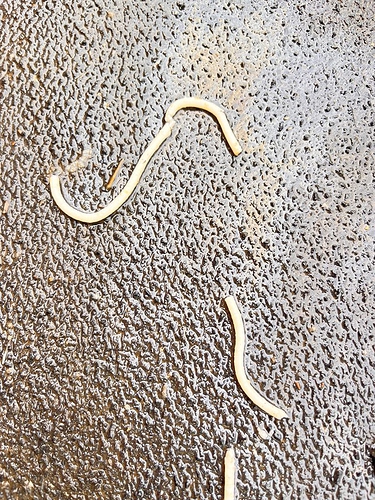A FECRT - FEC reduction test - needs to be done 10-14 days after the last (or only) dose of a dewormer. Get too much past that, especially weeks past that, you don’t know if a moderate or high count means the original deworming wasn’t effective enough, or there’s a shortened ERP (egg reappearance period)
6+ weeks post-fenbendazole is really just seeing if the horse needs to be dewormed again, but you don’t know if it was because the original dosing wasn’t effective, or the immune system is still overwhelmed.
There shouldn’t be any controversy around using Fen. You either use it when you know it’s effective on your farm (less useful when it’s a horse new to your farm), or you use something known to be effective (moxidectin, ivermectin)
I do get it that at some point, with a really high load (what was the FEC anyway?) there’s a concern about a massive die-off causing toxin and/or impaction issues. But the problem with using a very likely very ineffective drug (fenbendazole tops that list) is that you might kill little to nothing, so you’re left with a high load anyway. And if it IS effective enough, you’ve killed a large load you didn’t expect to kill.
Either way, neither bots nor tapeworms have been addressed, so make sure this next deworming takes care of those - ivermectin or moxidectin, paired with praziquantel, Equimax or Quest Plus.




